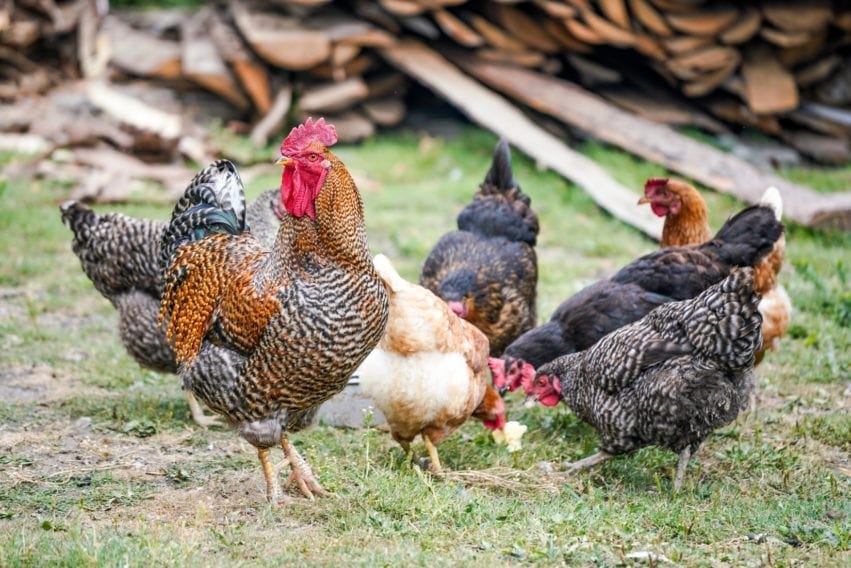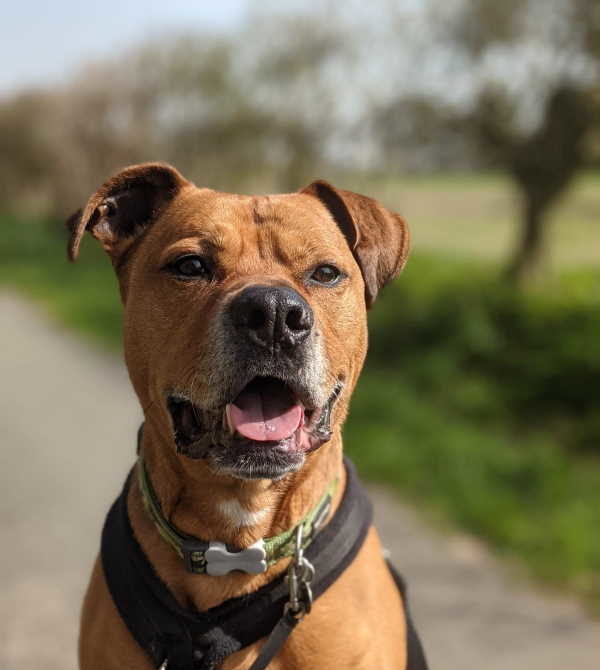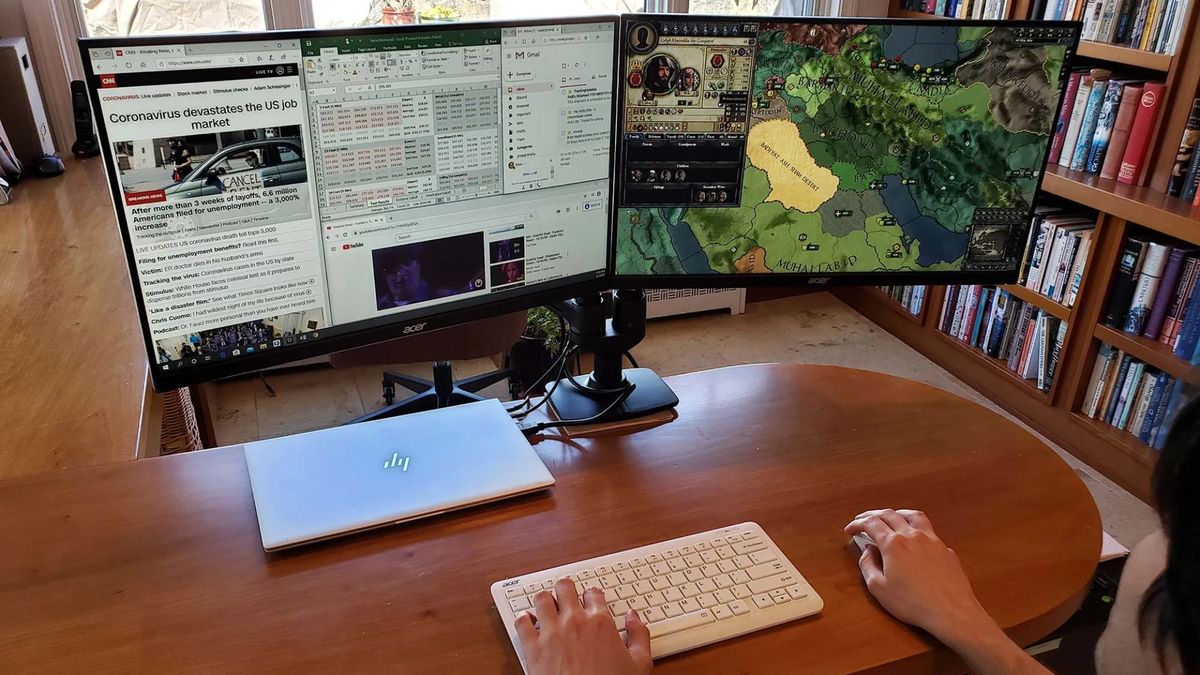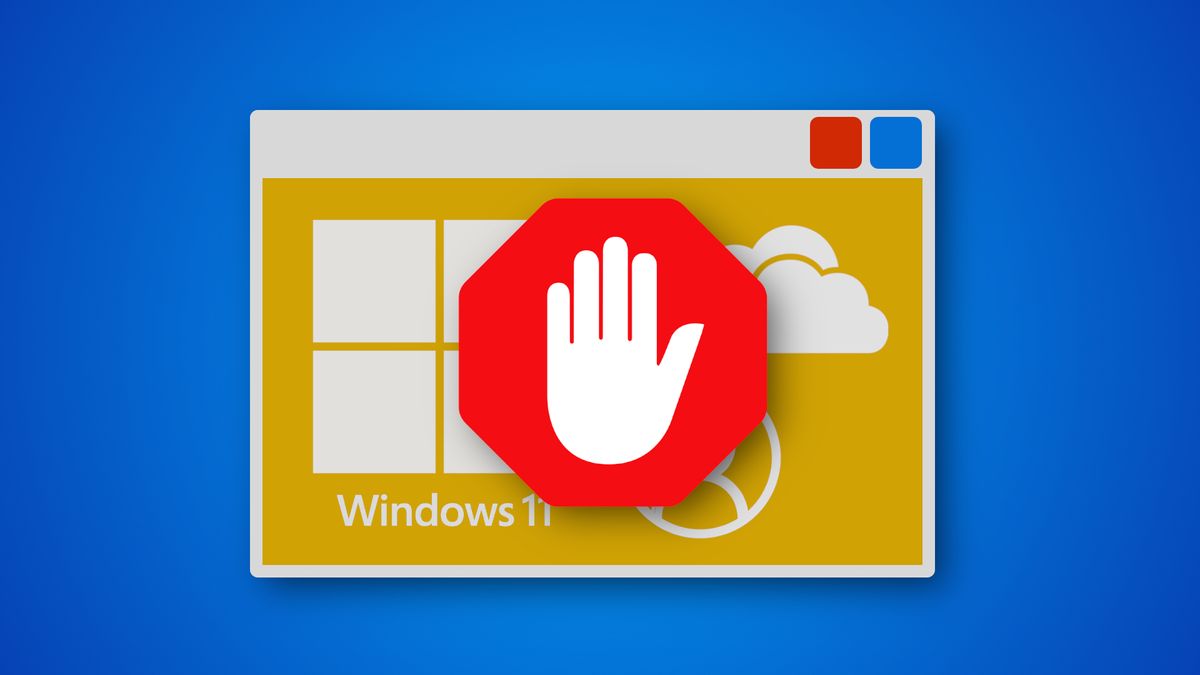(Source: Bachkova Natalia/Shutterstock.com)
Bathing your dog is a key part of pet ownership. Your furry family member needs to be soft and clean in order to thrive in life and — let’s be honest — nobody wants to cuddle up with a stinky, mangy pooch. But unsurprisingly, bathing comes with all sorts of triggers for anxiety-riddled animals, including water, soap, suds, and loud noises.
So what do you do if your dog has to be dragged into the tub, tail between their legs? Load up on their favorite natural dog treats and break out the bubble bath because it’s time to scrub-a-dub with a few great tips!
- Use a low-flow, detachable sprayer. High-flow sprayers may be great for getting rid of all the grime, mud, and dirt from a day of playing, but they’re very likely to scare anxious animals because they tend to be loud and aggressive. Removing any overwhelming stimuli from the bathroom, such as a loud or aggressive shower head, will help make the environment as quiet and calming as possible. Plus, it will save water at the same time.
- Make sure the water is at the right temperature. Nothing could be more traumatizing for an animal than a sudden shot of ice-cold water or a blast of heat. Plus, water that’s too hot could leave your dog with burns that could cause serious injuries. Always make sure to check the temperature of the water, running it beneath your hand for at least 30 seconds, before letting your dog come into contact with it. In general, aim for lukewarm water when bathing your pet to avoid burns and other issues.
(Source: Anna Berdnik/Shutterstock.com)
- Reward positive behavior. There are two important incentives that will get your dog to stay on their best behavior — positive reinforcement (plenty of kisses, pets, and cuddles) and tasty treats. Keep both flowing freely throughout the entire bath experience to help ensure that your dog makes positive associations with bathtime so that your next go-around isn’t quite so tough. Give small rewards when your dog does something well, and then make sure to reward with a bigger chew or bone, such as collagen dog treats, when the experience is over.
- Remain calm yourself. Unfortunately, research shows that our emotions can rub off on our pets, whether it’s happiness, excitement, or stress. Make sure you don’t respond to your pet’s anxiety in a way that’s loud, aggressive, or visibly stressed. This will only send your pet into a deeper state of worry, which will prevent you from being able to do your job to the best of your ability.
- Use calming products. Did you know that they make special pet care products just for anxious and high-strung animals? You might consider a special puppy shampoo or conditioner that has great-smelling, calming ingredients, such as chamomile or lavender. If you really want to bring the spa vibes into your bathroom, consider lighting a candle — somewhere up high, please, where a frantic pet can’t reach! — and playing some relaxing music. Hey, there’s nothing wrong with rewarding — er, tricking — your pup with a five-star spa experience!
- Consider a calming supplement or medication. If your canine friend has an extreme case of anxiety and you can’t seem to get them to relax for bathtime no matter what you try, you might want to consider asking your vet about a calming medication or supplement. There are varieties of all-natural supplements out there that may help relax your worried pet, such as those made with CBD.
- Skip the dryer. A hair dryer is not unlike an aggressive sprayer in that it’s loud and alarming for skittish animals. It’s best to let nervous dogs air-dry in order to prevent them from getting scared once they’re nice and clean. You can always use a soft towel to dry them off when you’re done, to avoid traipsing bathwater throughout the entire house.
- Consider heading to the groomer. Depending on how anxious your dog is, you may be better off taking them to a professional groomer to get fresh and clean. Remember, professionals work with dogs all day long and have special supplies and equipment that will make their job easier. Ask your vet or other local dog-owners for groomer recommendations and call before booking to ask if they have experience with pets who err on the anxious side.
- Try the self-service dog wash. If going to a professional groomer isn’t an option, look for a self-service dog wash in your area. While you’ll still have to spray down Fido on your own, these facilities are great because they have sturdy tubs with built-in leashes so your pup can’t flee out of fear or worry. They also have special equipment that will help you clean your pet from head to paw without startling them.
- Don’t forget their teeth. Dental care is an important part of your pet’s overall health and wellness. Not only will it influence the way you interact with your dog — no one wants kisses from a pet with foul breath — but it will also help improve their health and wellness by keeping disease-causing bacteria at bay. One of the easiest ways to care for the teeth of an anxious dog is to let them chew on a dental bone that cleans away plaque and tartar as they chew, such as bully sticks.
(Source: karelnoppe/Shutterstock.com)
Routinely bathing your four-legged friend is a crucial part of pet ownership, one that helps ensure health and happiness for a long, healthy life. If you’ve got a pet who’s terrified of the bath, just remember that not all hope is lost! There are a few sensible things you can do to help your furry family member get their paws wet so they’re squeaky-clean and totally huggable for the foreseeable future.






